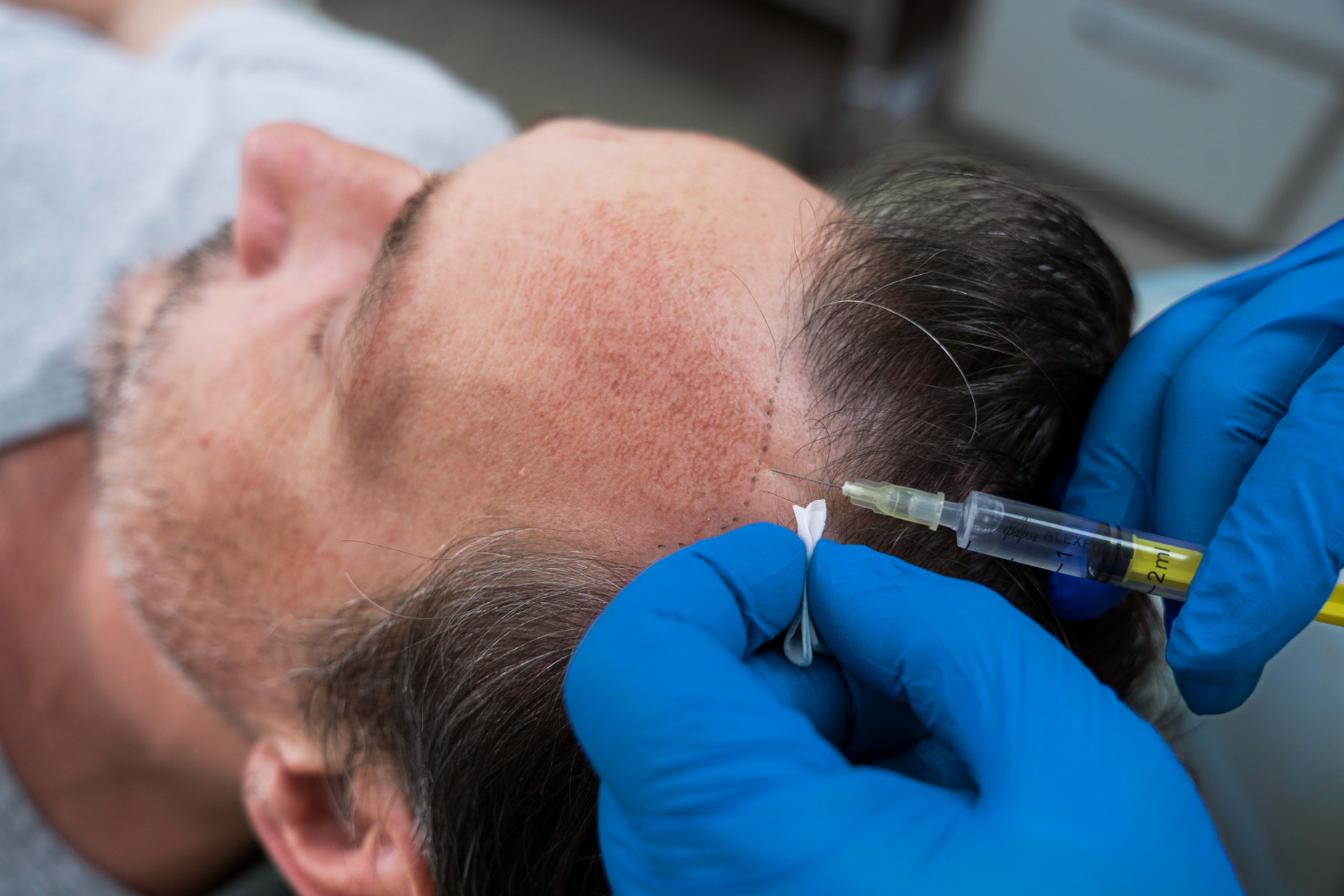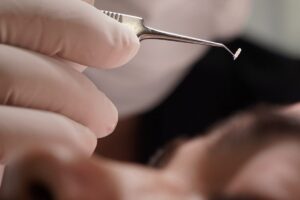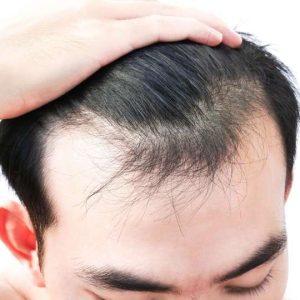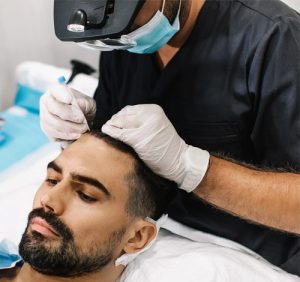hair transportation

Hair Transplantation: A Comprehensive and Detailed Guide
1. Understanding the Biology of Hair Transplantation:
- Anagen Phase: Active hair growth (lasts 2-7 years).
- Catagen Phase: Transition phase (lasts a few weeks).
- Telogen Phase: Resting phase before shedding (lasts around 3 months).
- Terminal Hair: Thick, pigmented, and primarily found on the scalp.
- Vellus Hair: Thin, non-pigmented hair that does not contribute to scalp coverage.
- Follicular Units: Natural groupings of 1-4 hairs within the scalp, which are extracted and transplanted as intact units for the most natural results.
2. Advanced Extraction and Implantation Techniques:
- Beard Hair: Often thicker and more resilient, ideal for crown area transplants.
- Chest Hair: Can be used in cases of limited donor supply but has different texture.
- Leg and Arm Hair: Less commonly used but useful for specialized cases.
- Depth: Follicles implanted too deep may fail due to lack of oxygen, while shallow implantation can lead to weak anchoring.
- Angle and Direction: Natural hair grows at specific angles (e.g., frontal hair grows at 10-15 degrees, while crown hair follows a swirl pattern). Incorrect implantation can result in unnatural aesthetics.

3. The Role of Stem Cells and Growth Factors in Hair Transplants:
- Growth Factors (EGF, PDGF, VEGF): Stimulate new hair growth and healing.
- Improved Vascularization: Ensures proper blood flow to transplanted follicles.
4. Common Myths vs. Medical Realities of Hair Transplantation:
5. Post-Surgical Recovery and Maximizing Results:
- Minoxidil and Finasteride: Used to maintain non-transplanted hair.
- Laser Therapy: Helps strengthen newly transplanted follicles.
- DHT Blockers: Prevent further hair loss in genetically prone individuals.
6. Future of Hair Transplantation – What’s Next?
Send Us A Message
More Information

hair implant cost turkey
The Cost of Hair Implants in Türkiye: A Scientific and Financial Overview Hair implantation in Türkiye has become one of the most sought-after medical procedures

Hair Transplantation
Advanced Insights into Hair Transplantation: Complementary Information for Better Results Hair transplantation is not just a cosmetic procedure but a meticulously planned surgical intervention aimed

hair transplant cost
Hair Transplant Cost: Comprehensive Breakdown and Key Influencing Factors Hair transplantation is a widely sought-after solution for individuals experiencing hair loss due to genetic predisposition,

hair implant cost
The True Cost of Hair implant: A Scientific and Financial Breakdown Hair implant is a broad term that includes various methods such as hair transplants,

hair implant cost
Beyond the Cost of Hair implant: Psychological, Social, and Unexpected Impacts When considering hair implant, most people focus on the direct financial cost of procedures

